Report on Trademark Law: Mattel Inc v 3894207 Canada Inc - Analysis
VerifiedAdded on 2022/08/26
|5
|921
|10
Report
AI Summary
This report analyzes the trademark law case of Mattel Inc v. 3894207 Canada Inc, focusing on the dispute over the trademark BARBIE’S. Mattel, the manufacturer of Barbie dolls, opposed Canada Inc's application to register the name BARBIE’S for a bar and grill chain. The report examines the arguments presented by both parties, including Mattel's claims of trademark misuse and potential consumer confusion, versus Canada Inc's assertions about the distinct nature of their business. The Federal Court and the Federal Court of Appeal dismissed Mattel’s plea, emphasizing the differences between the businesses and the lack of significant resemblance. The analysis delves into the relevant legislation, specifically the Trademark Act 1985 and Section 6(5), which outlines criteria for determining trademark confusion. The report highlights the importance of distinguishing between the nature of the businesses and the application of trademark protection principles. It also provides insights into the benefits of trademark registration and the measures businesses can take to safeguard their trademarks against confusion and infringement, referencing key legal precedents and academic sources.
1 out of 5
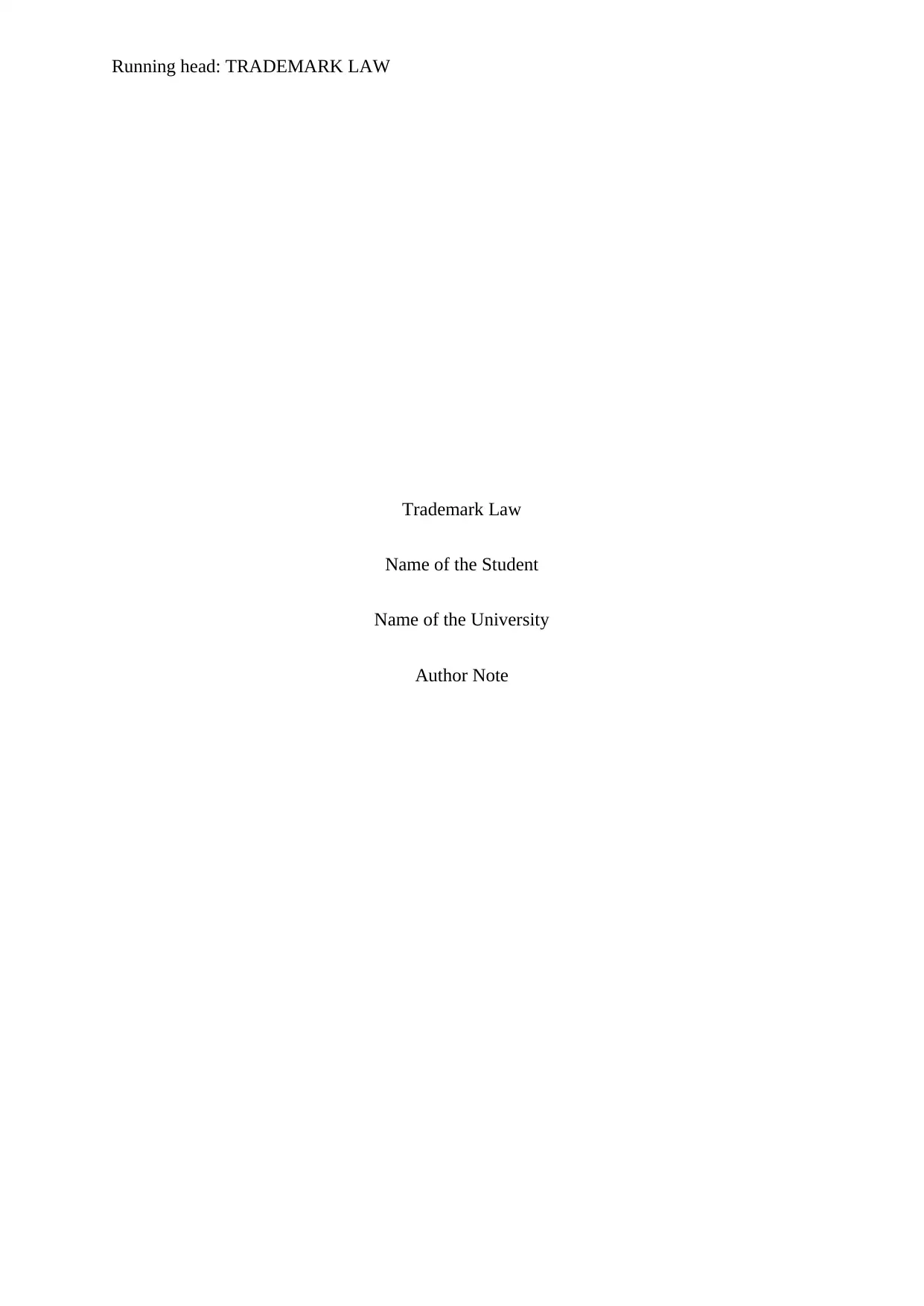
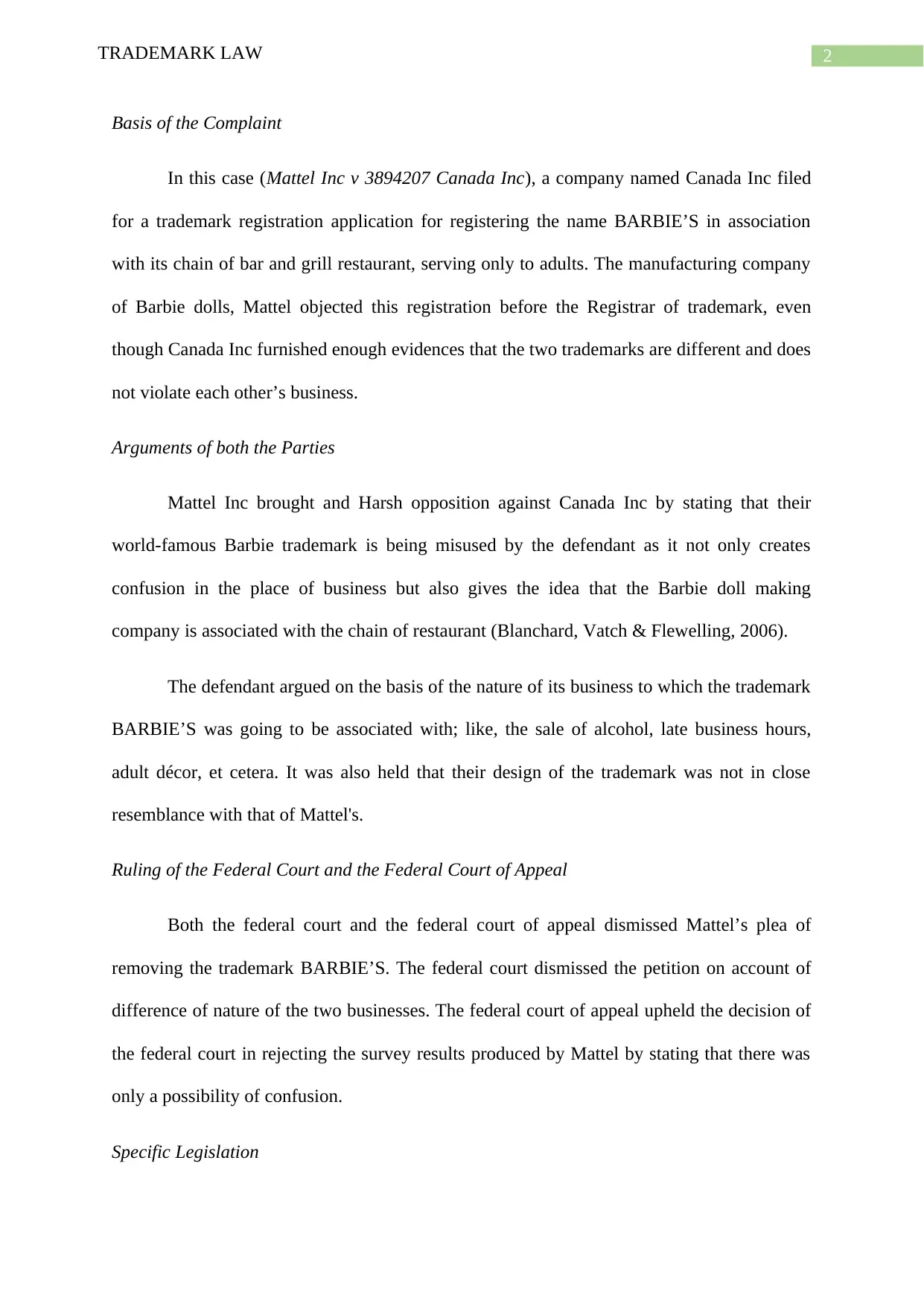
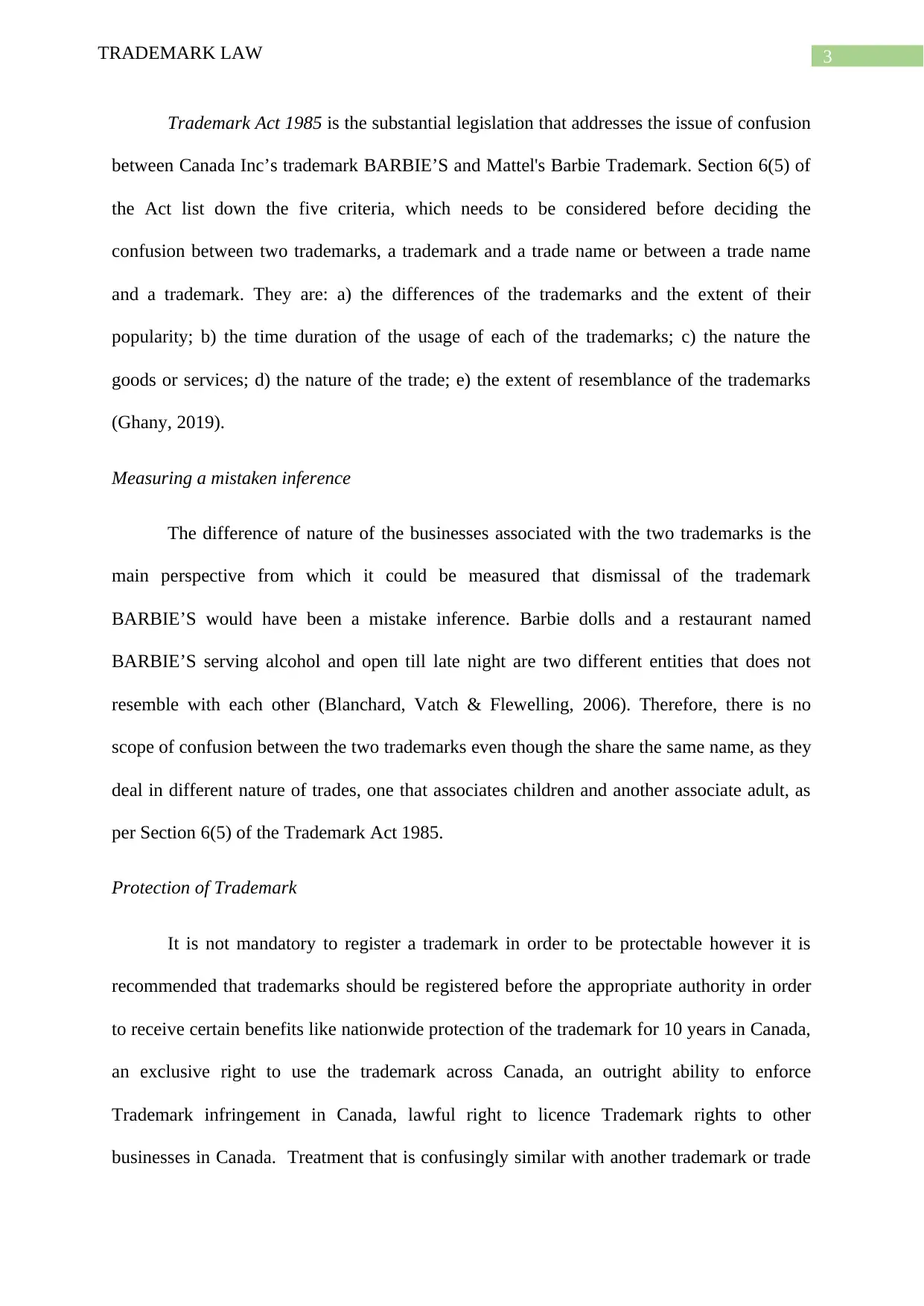

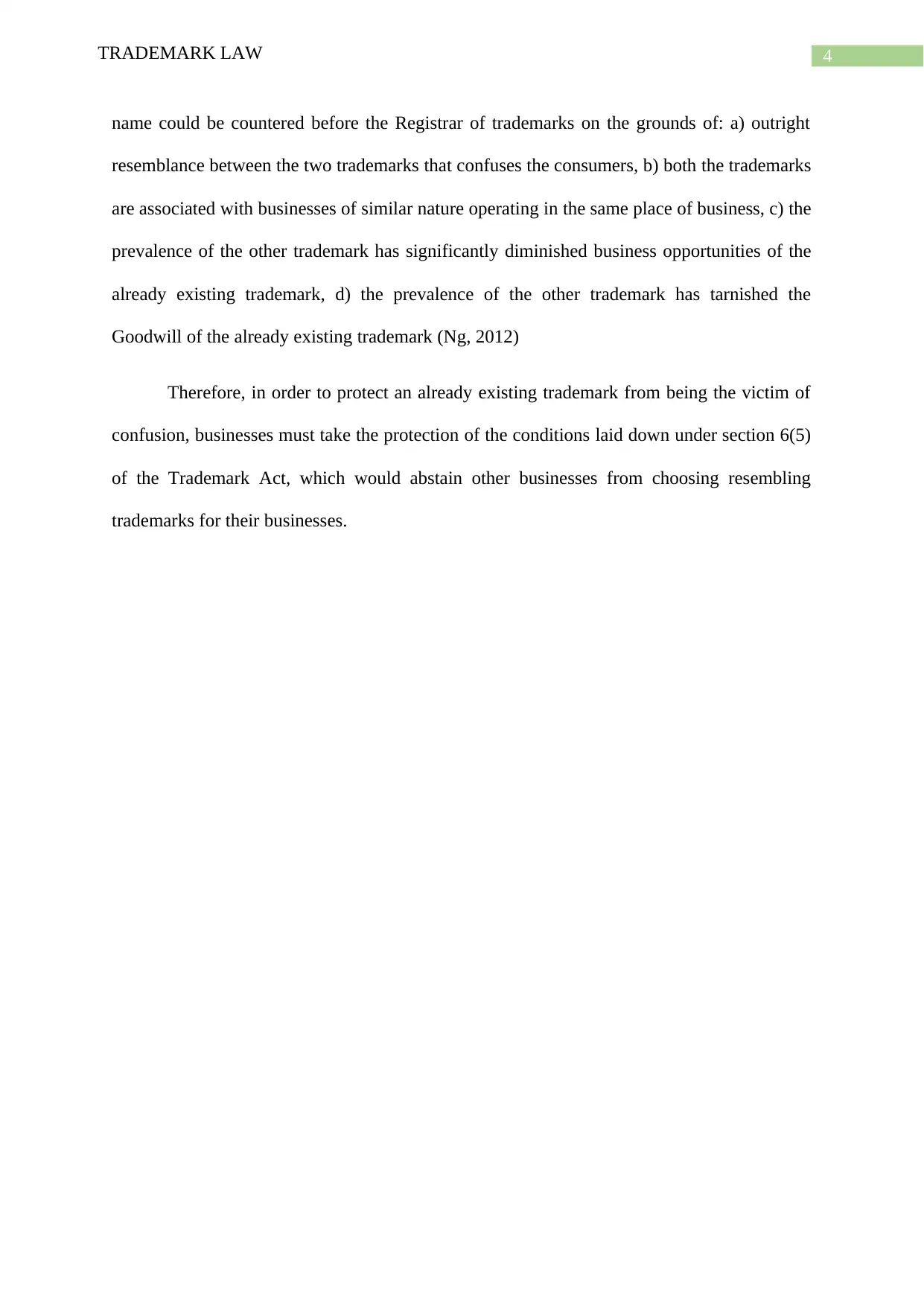
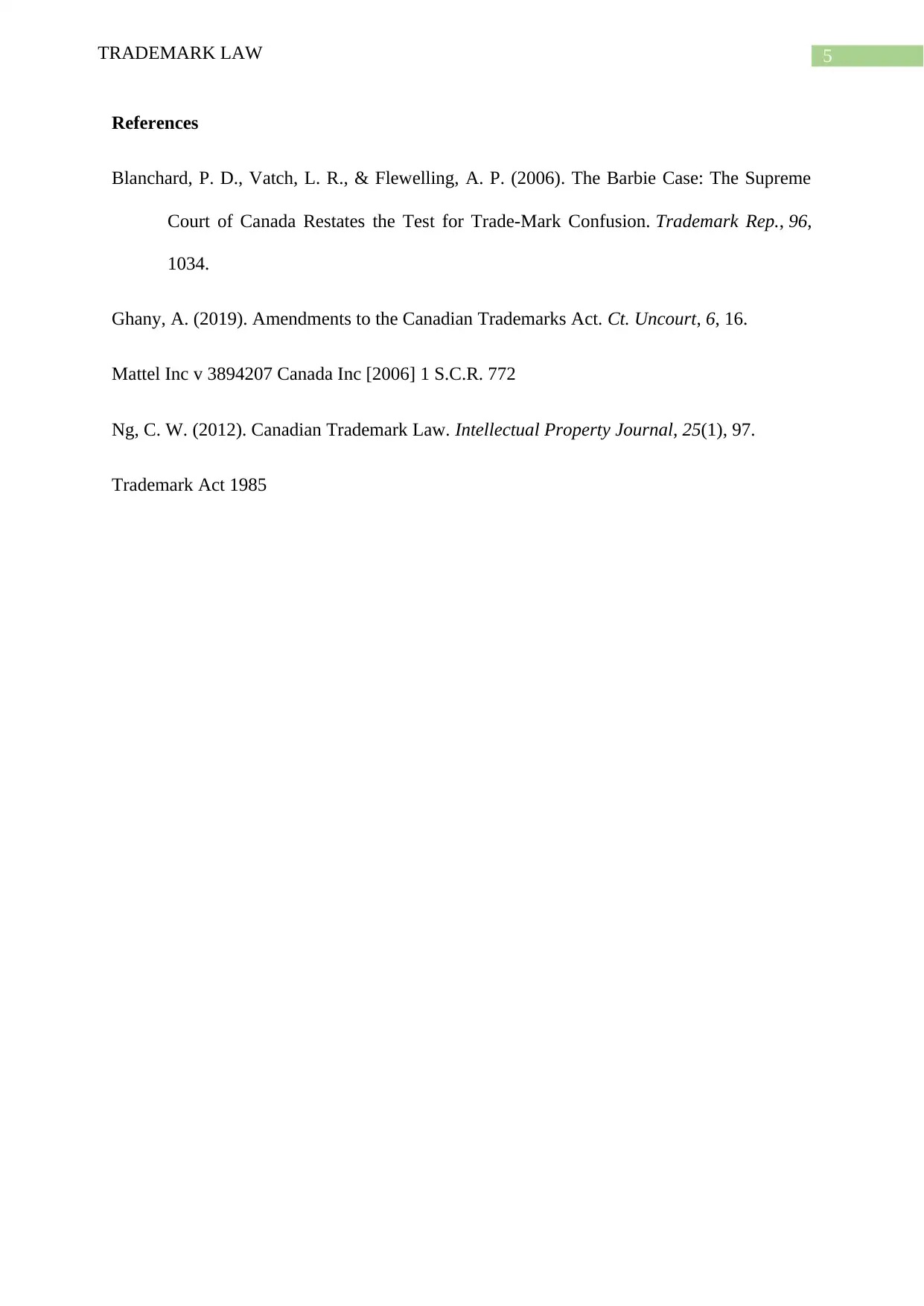


![[object Object]](/_next/static/media/star-bottom.7253800d.svg)